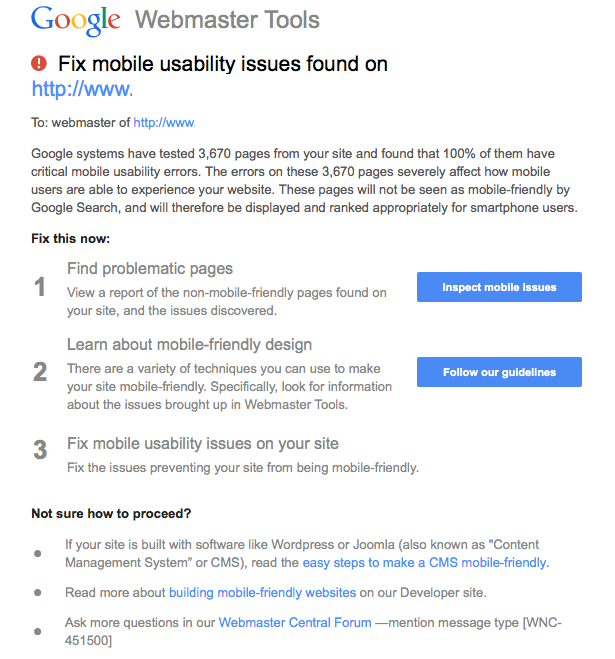Google’s Generative Search Experience (SGE) is a new feature that uses artificial intelligence to generate informative answers to search queries. It is still in beta testing, but it has the potential to revolutionize the way people search the web. You will see it in some results, be given the opportunity to generate in other circumstances or you might see a more traditional search return. This will change as the feature gets more fully deployed which is expected to happen sometime in 2024.
For businesses’ search presence, SGE presents both opportunities and challenges. On the one hand, it could make it more difficult for websites to rank for high-volume keywords, as Google may be able to provide users with the information they need without them ever having to click on a search result. On the other hand, SGE also creates new opportunities for websites to be featured in Google’s search results, and to provide users with more value.
How SGE Works
SGE uses a variety of AI techniques to generate answers to search queries. These techniques include:
- Natural language processing: SGE is able to parse and understand the meaning of search queries, even if they are complex or ambiguous.
- Machine learning: SGE has been trained on a massive dataset of text and code, which allows it to generate answers that are both informative and accurate.
- Knowledge graphs: SGE uses knowledge graphs to understand the relationships between different entities, such as people, places, and things. This allows it to generate answers that are more comprehensive and informative.
How SGE Impacts SEO
SGE has a number of potential impacts on SEO, including:
- Increased competition for high-volume keywords: As Google is able to provide users with the information they need without them having to click on a search result, there will be increased competition for high-volume keywords. This means that websites will need to produce high-quality content that is more informative and engaging than ever before.
- New opportunities for visibility: SGE also creates new opportunities for websites to be featured in Google’s search results. For example, websites may be featured in SGE’s answer boxes, even if they do not rank for the specific keyword that the user searched for.
- A greater emphasis on quality content: As SGE is able to generate answers to search queries, Google will place a greater emphasis on the quality of websites’ content. Websites that produce high-quality, informative, and engaging content will be more likely to be featured in SGE’s results.
What sem[c] Is Doing to Help Our Clients Get Ready
Some best SEO practices will continue to be important for SGE:
- Produce high-quality content: This is more important than ever before, as SGE is able to generate answers to search queries without requiring users to click on a search result. Websites need to produce content that is informative, engaging, and relevant to the needs of their target audience.
- Use structured data: Structured data helps Google to understand the content on websites. This can make it more likely that websites are featured in SGE’s results. SEO consultants can help their clients to implement structured data on their websites. Google has recently stated that this will not be a determining factor by itself.
- Optimize for conversational search: SGE is designed to answer natural language queries. This means that we will help our clients to optimize their websites for conversational search. This can be done by using natural language keywords and phrases in website content, and by creating content that is structured in a way that makes it easy for Google to understand. AIs like Google’s Bard, Bing GPT4 Chat and ChatGPT are helpful in this proces.
Conclusion
Google’s Generative Search Experience is a powerful new feature that has the potential to revolutionize the way people search the web. sem[c] is staying on top of the potential impacts of SGE, and we are prepared to help their clients prepare for it. By producing high-quality content, using structured data, and optimizing for conversational search, sem[c] is helping our clients to succeed in this new era of search.
If you have any questions about SGE and the impact of AI on search returns please contact sem[c]




![Sendtu by sem[c]](https://searchenginemarketingchicago.com/wp-content/uploads/2017/04/Screenshot-2017-04-27-08.05.34-1024x414.png)
![Sendtu menu by sem[c]](https://searchenginemarketingchicago.com/wp-content/uploads/2017/04/Screenshot-2017-04-27-08.06.08.png)
![Sendtu Reports by sem[c]](https://searchenginemarketingchicago.com/wp-content/uploads/2017/04/Screenshot-2017-04-27-10.09.02-1024x310.png)
![Sendtu detailed report by sem[c]](https://searchenginemarketingchicago.com/wp-content/uploads/2017/04/Screenshot-2017-04-27-10.09.32-1024x557.png)



